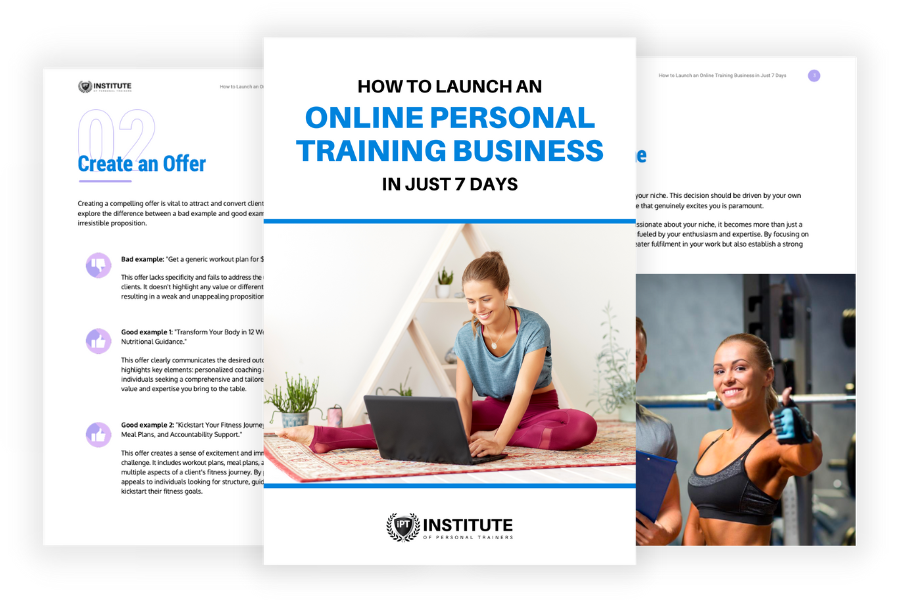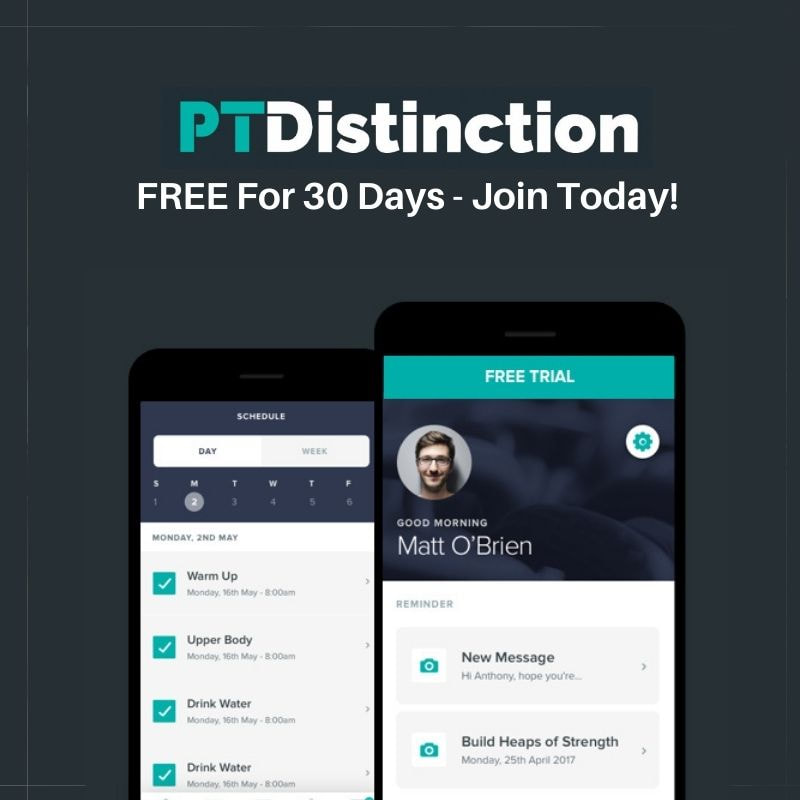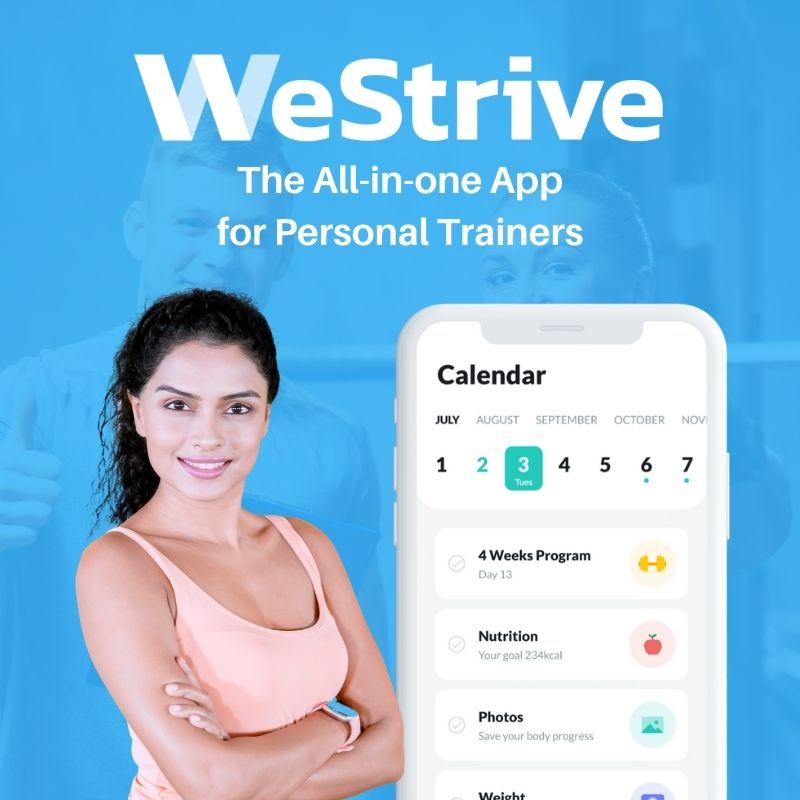|
FREE GUIDE: HOW TO LAUNCH AN ONLINE PERSONAL TRAINING BUSINESS
IN JUST 7 DAYS
✓ The new, better way of launching an online business
✓ The fastest way to create in irresistible offer ✓ A simple system to sell to clients who are interested |
Training clients to their maximum rate of perceived exertion is hard but often necessary. So, how do you get them to keep going or to push that little bit further? Overcoming Psychological barriers Richard Bandler and John Grinder studied human behaviour in the mid 1970’s. John Grinder was a professor of Linguistics at the University of California in Santa Cruz and Richard Bandler was studying mathematics. Together, and with a deep interest of human behaviour, they began to study the work of effective ‘change agents’ of the time in the world of therapy, psychology, hypnotherapy and linguistics. Through their studies they began to realise that all human behaviour and experience has a ‘structure’ to it. They discovered that we tend to make generalisations about the tasks in front of us. For instance, when we learn how to drive a car, we are taught to do it step by step. First we concentrate on our feet more, then hands, then mirrors until we are fully aware of them at all times. As we become more competent drivers we generalise these steps into ‘just driving’. We become unconsciously competent and think of driving as a set of actions that have been rolled into one. However, generalisations can often limit us. For someone who is unfit and has an overwhelming exercise to do, the task at hand can seem overwhelming. Being able to focus on smaller steps can help to keep the client from being overwhelmed so goals and action plans need to be ‘chunked down’ into bite size pieces in order for action to take place. Conversely, client’s might well be overwhelmed by detail and too narrowly focussed, and thus limited by neglecting possibilities beyond their narrow scope. Being able to consider a bigger ‘chunk’ can expand their perspective. People have preferences about the chunk size level at which they think, work and communicate. In order to coach our clients effectively, we must be able to recognise and adjust our own thinking and communication chunk size. How To Chunk Let’s go back to Ken. Ken OVER generalises things. He’s a big chunk thinker. He sees the set as one big task. The set of mountain climbers he is yet to complete look like a mountain to climb from his perspective. It’s a mammoth tasks that he simply doesn’t have the energy for. But you know that he does! So you chunk it down for him. Which might sound a little something like this. “Alright Ken. One last set to go and 20 seconds of rest left” “Time to get the brain in gear. Take 4 big deep breaths” (very easy for Ken to do and makes him more receptive to further instructions) “Excellent. OK, let’s get our hands on the step” (another easy step) “Good. One foot back” “Last ten seconds rest. We’re going to break this down, OK. 5 at a time” (reassurance) “Alright and setting off in 3… 2… 1… Let’s GO!” “1… 2… 3… 4… 5… Again!” “1… 2… 3… 4… 5… Again!” And so on and so on until Ken has finished 1,000 mountain climbers (<— that’s a joke. Don’t make your clients do a thousand mountain climbers. They’ll die). Now let’s say Ken has been hit really hard on the head (probably from passing out after all of the mountain climbers…) and he is now a small chunk thinker. Ken is now so focused on the details that the bigger picture seems meaningless and has lost it’s value. To get Ken started on his dreaded last set now is going to require some pretty serious chunking up. Ken now needs to know:
This is where the rapport you have established with Ken becomes important. If you’ve filed in your personal trainer forms properly you should know that Ken has 3 grandkids. And you’ve had enough conversations to know that Ken would like to be fit enough to run and around and play with his grandkids. This would be a good time to gently remind Ken of this to help him chunk up and see the bigger picture. Tip Of the Iceberg
|
Our All In One Platform
Check out out all in one business & marketing platform for personal trainers!
WEBSITE BUILDER | FUNNELS |MEMBERSHIPS | SCHEDULING| EMAIL MARKETING| PAYMENTS| CRM | AI ASSISTANT | SURVEYS
Popular Articles
Trusted Partners
We work closely with some of the best service providers in the fitness industry.
Categories
All
|








